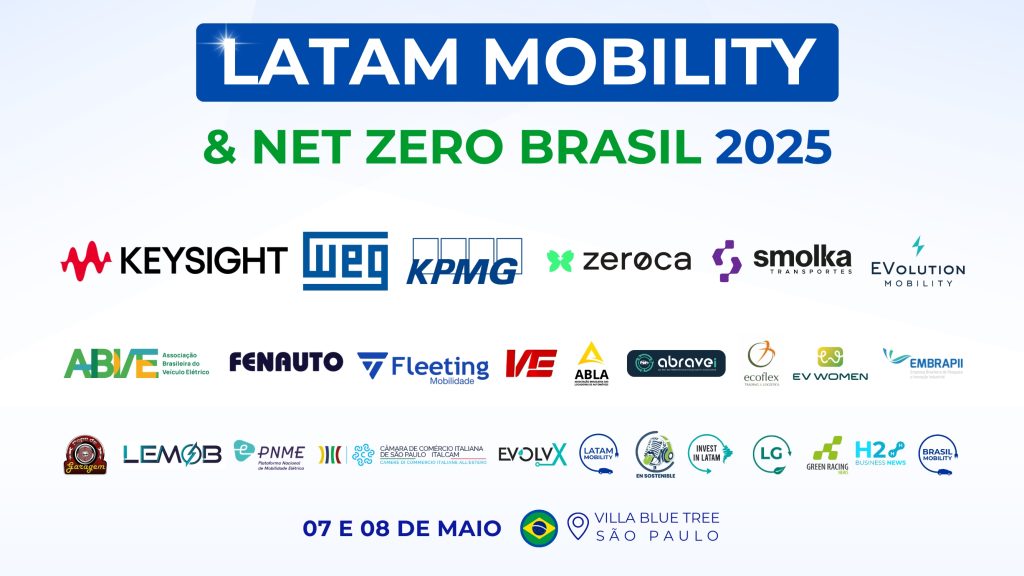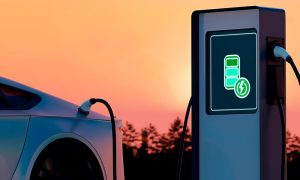The expansion of heavy-duty electromobility in Brazil requires overcoming technical and financial challenges related to charging electric buses and trucks.
Gustavo Tannure, CEO of Ezvolt; Diego Pícoli, Sales Manager at Huawei Brazil; and Jean Flohr, Sales Manager at WEG, shared their insights in a recent LATAM Mobility webinar.
Progress in heavy-duty electromobility in Brazil has been significant in recent years, especially in the heavy vehicle segment.
However, this growth faces a critical bottleneck: the current charging infrastructure is not ready to meet the high energy demands of large-scale electric fleets.
According to Tannure, the moment for change is now, but adoption still faces obstacles.
Lack of suitable infrastructure
A major challenge is the adaptation of existing facilities. Many parking lots and transport terminals were not designed to support the power required for fast chargers, demanding major modifications to the electrical infrastructure.
“Previously, the power supply in a bus depot was designed only for staff needs, not to charge electric vehicles, so the energy demand was very low,” said Diego Pícoli.
This transformation involves high costs, long implementation times, and regulatory hurdles, especially in densely populated urban areas.
Additionally, charging times for heavy-duty vehicles remain critical to the efficient operation of public transport and logistics. Unlike light vehicles, which can be charged in minutes or overnight, electric trucks and buses require robust solutions that ensure operational continuity.
Ezvolt has found ways to address this:
“How did we overcome this challenge? […] When working with low voltage, you can install a charger and eventually charge four buses overnight to run during the day,” said Gustavo Tannure.

Technological innovation as an ally
Technology plays a key role in this transition. Smart charging systems, stationary battery storage, and scalable power modules help optimize infrastructure and reduce grid overload.
Flohr emphasized how WEG’s portfolio includes solutions to concentrate power modules in one place and dispatch charging capacity based on each vehicle’s demand.
According to Pícoli, Huawei also offers dispensers that adjust the charging power depending on the type of vehicle, significantly optimizing the system.
The speakers also emphasized the role of tailored innovations. Interoperability, real-time monitoring, and energy efficiency are essential to support this transformation.
See also: Keysight, Power2Go and WeCharge analyze electromobility challenges in Brazil
Investment models and public-private cooperation
Implementing charging infrastructure also depends on sustainable business models.
Public-private partnerships and government incentive programs are essential to mobilize resources and accelerate fleet electrification.
In Brazil, private companies are increasingly partnering with municipalities, transport companies, and logistics operators to decarbonize the sector progressively.
Toward a robust charging network
Brazil has the potential to become a regional leader in heavy-duty electromobility, but this requires a strategic approach that combines urban planning, investment and innovation.
As highlighted in the webinar, the key lies in implementing local solutions without losing sight of international standards.
Daniela García of Latam Mobility highlighted: “Brazil is writing a key chapter in Latin America’s electromobility story,” and invited attendees to continue the conversation at Latam Mobility Brazil 2024, the in-person event taking place on May 7-8 in São Paulo.

For participation and sponsorship opportunities, email: info@investinlatam.org
Contact us via WhatsApp or get your tickets here
Watch the full webinar “Challenges and Opportunities of Electromobility in Brazil” below:







